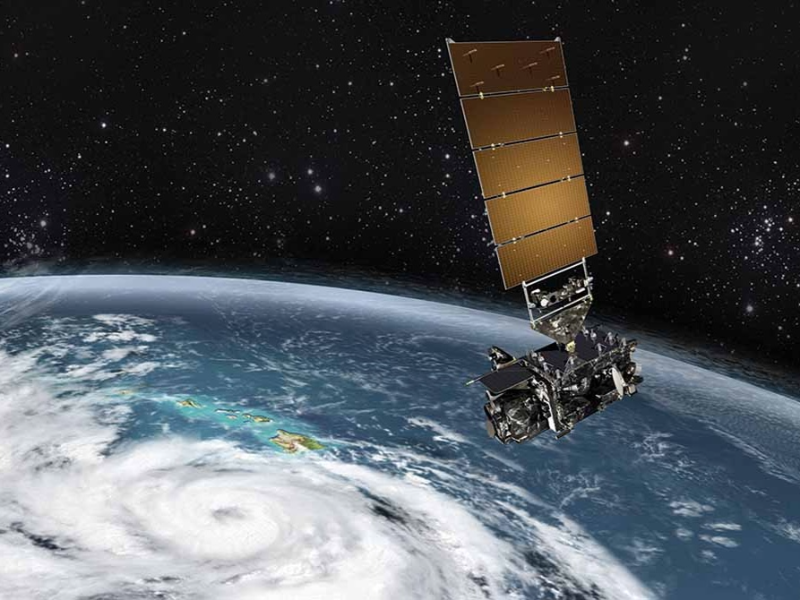- FCC plans to revise power limits for non-geostationary satellites to enhance spectrum sharing.
- Proposal includes replacing existing EPFD limits with performance-based criteria.
What happened: FCC’s proposed revisions to satellite spectrum regulations
The Federal Communications Commission (FCC) has announced plans to update its regulations concerning spectrum sharing between non-geostationary orbit (NGSO) and geostationary orbit (GSO) satellites. The proposed changes aim to revise or replace current power limits designed to protect GSO satellites from interference, reflecting advancements in satellite technology and the evolving needs of the space industry.
Specifically, the FCC is considering adjustments to power restrictions on NGSO satellites operating within the 10.7–12.7 GHz, 17.3–18.6 GHz, and 19.7–20.2 GHz frequency bands. The proposal suggests replacing the existing Equivalent Power-Flux Density (EPFD) limits with more flexible, performance-based criteria that better align with current satellite capabilities and interference scenarios.
FCC Chairman Brendan Carr highlighted that these proposed changes are intended to facilitate faster internet services from satellite providers by removing outdated technical barriers that have limited the performance of next-generation satellite systems. The proposal is scheduled for consideration at the FCC’s meeting on April 28.
Also read: NEC unveils solution for faster mobile network rollout
Also read: Australia proposes mobile spectrum reforms
Why it is important
Satellite technology has developed quickly. Many operators now use NGSO systems to deliver broadband across wide areas. But they still face rules written decades ago. These rules don’t reflect today’s usage patterns or technical needs. The FCC’s plan to use performance-based rules could give companies more control. It would also help both NGSO and GSO systems share airwaves more fairly. That means fewer conflicts between systems and a smoother service for users.
Importantly, the proposal also links to other changes at the FCC. The regulator recently supported Supplemental Coverage from Space, which lets satellites fill in gaps in mobile networks. This new policy fits with that trend. It shows how satellite and mobile networks are coming closer together. If approved, the rule change will affect many global operators. Companies will likely adjust how they launch and manage satellites. It could also lead to more broadband coverage, especially in rural areas.

